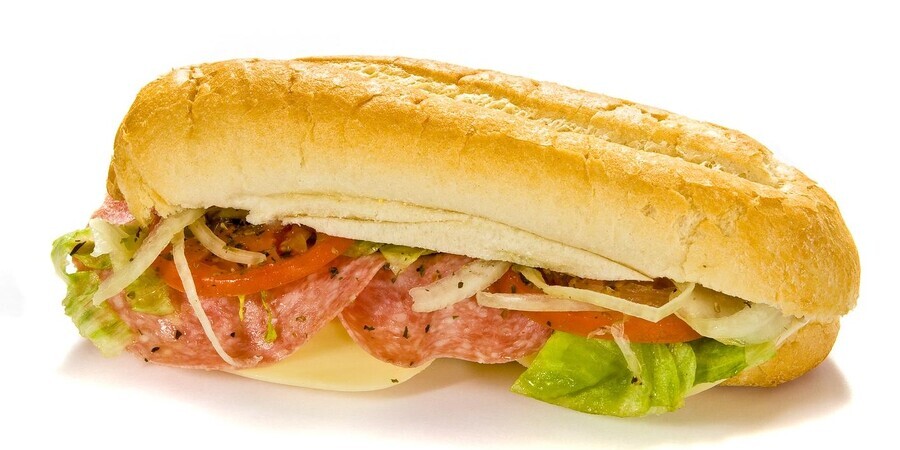Philadelphia, PA - The hoagie, a beloved sandwich synonymous with Philadelphia, boasts a rich history and a devoted following. Declared the "official sandwich of Philadelphia" by former Mayor Ed Rendell in 1992, this iconic creation is a culinary masterpiece built on simplicity and quality ingredients.
Philadelphia's Hoagie: A Culinary Icon with a Mysterious Past
At its core, the hoagie is a symphony of flavors, textures, and aromas. A long Italian roll serves as the canvas for a medley of deli meats and cheeses, typically layered with crisp lettuce, juicy tomatoes, and pungent onions. The final touch, a drizzle of oregano-vinegar dressing, elevates the humble sandwich to a culinary masterpiece.
But the submarine's versatility is what truly sets it apart. It can be customized to satisfy any craving, with variations featuring tuna, chicken cutlets, roasted vegetables, and countless other fillings. Ultimately, the success of a hoagie hinges on the quality of its ingredients, making it a true testament to the artisan bakeries and delicatessens that dot the city's landscape.
A Tale of Origins Shrouded in Mystery
The hoagie's exact origin remains debated among historians and food enthusiasts alike. Several captivating tales trace their roots back to the heart of Philadelphia:
- The "Hokie" Story: One theory suggests the term "hoagie" originated among South Philadelphia's Italian community in the late 19th or early 20th century. In those days, "on the hoke" was slang for being broke. Generous deli owners would offer leftover meat and cheese scraps on a long roll known as a "hokie," which Italian immigrants pronounced "hoagie."
- The Hokey-Pokey Men: Another account involves early 20th-century street vendors called "hokey-pokey men" who peddled antipasto salad, meats, and cookies. When bakeries produced a long loaf called the "pinafore" for Gilbert and Sullivan's opera of the same name, these resourceful vendors saw an opportunity. They sliced the bread in half, filled it with antipasto, and christened it the "hoagie."
- The Gambler's Delight: A third tale takes us to Chester, Pennsylvania, in 1925. Catherine DiCostanza owned a late-night grocery store that catered to hungry gamblers. One evening, a customer requested a sandwich with "everything in the case." Catherine obliged, stuffing a Vienna loaf with an assortment of meats, cheeses, and her signature peppers. The sandwich became an instant hit, eventually evolving into the hoagie we know and love today.
Regardless of its precise origin, the hoagie has become integral to Philadelphia's culinary identity. It symbolizes the city's rich history, diverse culture, and unwavering love for good food. So, whether you're a lifelong Philadelphian or a curious visitor, be sure to savor the experience of biting into a freshly made sub – a true taste of the City of Brotherly Love.
Share This Article on Social Media




